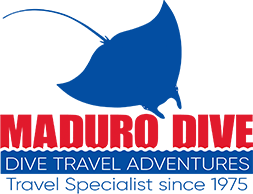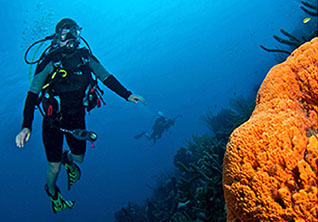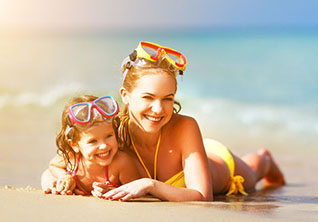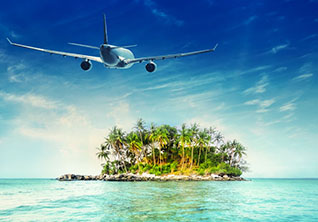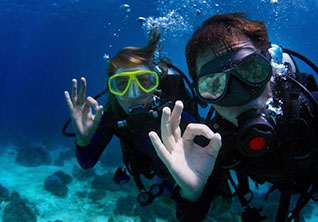Just 50 miles north of Venezuela and about 38 miles east of Curacao, lies a 24-mile long island with some of most beautiful and well protected dive sites in the world. We’re talking about Bonaire, of course. And if you haven’t experienced it for yourself just yet, this post might be the nudge you’ve been waiting for!
We’ve got the skinny on real 24/7 diving (we knew you’d love that), exquisitely preserved marine life, attractions and activities and some history for all you yesteryear junkies.
It just would have been wrong to keep this all to ourselves, so here it is, your virtual trip to beautiful Bonaire.
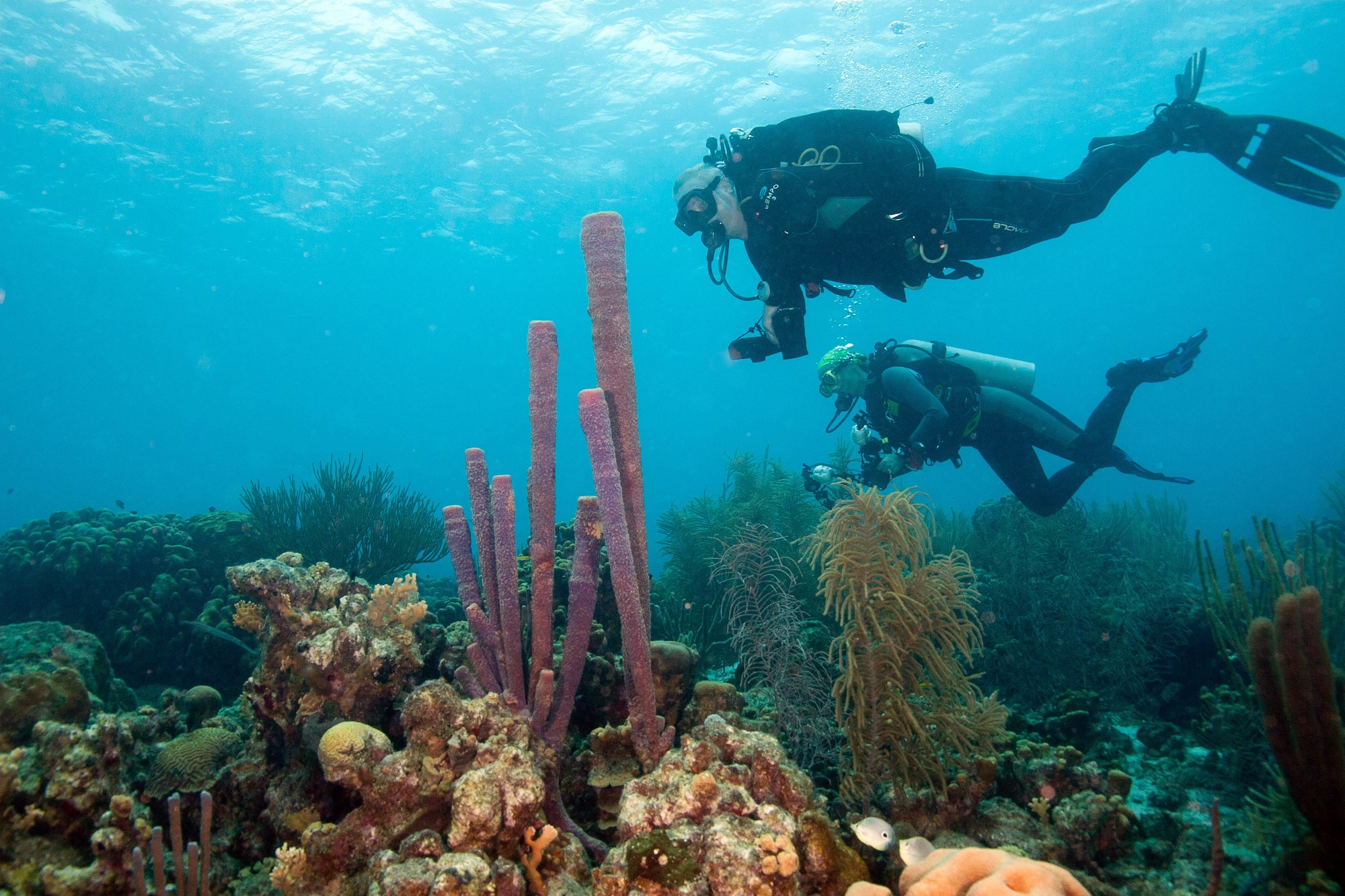
DIVING BONAIRE
As a result of submarine volcanic eruptions (millions of years ago, don’t worry!), Bonaire is the peak of a submerged mountain with sloping fringing reefs that are very close to shore. In addition, the dives are considered to be some of the best in the world. Bonaire has more #1 rankings from divers in the Caribbean including best shore diving for 20 years, best advanced/beginner and best macro/underwater photography.
Why? We’ll tell ya!
the underwater visibility is over 100 feet year-round and most of Bonaire’s 86 marked dive sites can either be accessed from the shore or are no more than 15 minutes away via boat. Since almost every dive is from a moored dive site, Bonaire’s appeal is from the newest to most experienced diver. So get your fins and cameras ready!
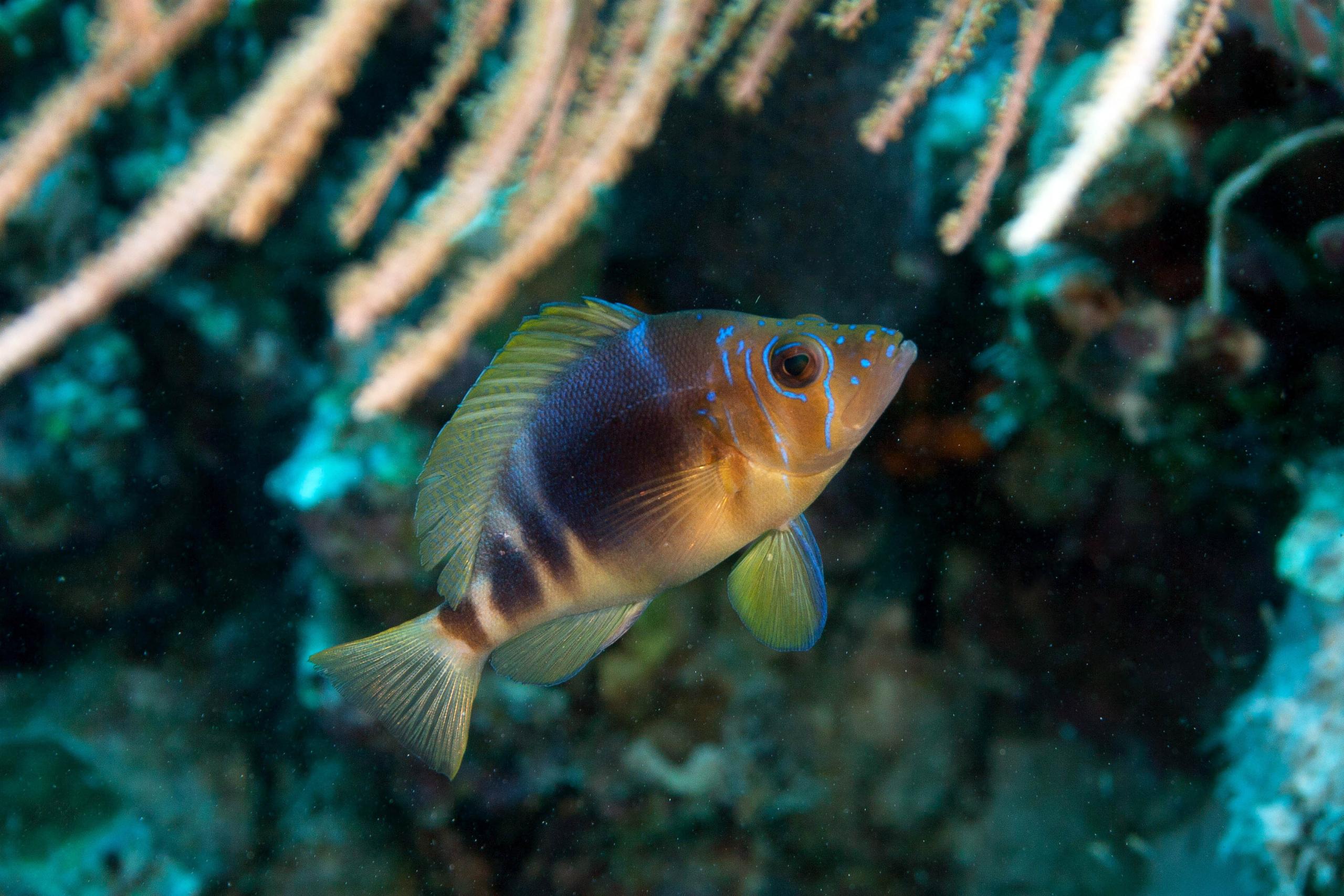
Over 360 different fish species: tons to see + clear waters, seriously what more could a diver ask for? From seahorses to turtles, nurse sharks, eels, angelfish, damselfish, peacock flounder and the not so occasional pelagic, the fish life is extensive. There are also tons of extensive colorful coral, sponges, crabs, mollusks and invertebrates. You’ll just have to see for yourself.
Truly unlimited diving: one of the best things about Bonaire is that you can pretty much get into a car and drive to one of about twenty dive sites and dive in. But most dive resorts (and there are many) allow you to dive when you want. Whether it’s 3am or noon, you can grab a tank and in one giant stride (or take the less climactic ladder) you’re moments away from the beautiful reefs and diving freedom. Want more? Then explore 80 dive sites from their custom dive boats.
Some popular dives include:
- Forest (Klein Bonaire)
- Invisibles
- Margate Bay
- Hilma Hooker
- Hands Off (Klein Bonaire)
Oh! And for all our certified Nitrox divers, the resorts on the island offer Nitrox.
GREEN LIFE
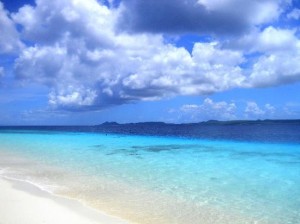
Bonaire takes pride in being one of the world’s most beautiful treasures, which is why it’sdetermined to protect its natural resources. All of the waters surrounding Bonaire and the uninhabited Klein Bonaire or “Little Bonaire” have been named Marine Parks since 1979. To maintain and preserve the natural environment spearfishing and reef anchoring are strictly prohibited. Collecting seashells, sea fans, sand and any type of coral are also against the law.
Underwater environmentalist Captain Don Stewart (Captain Don’s Habitat’s founder) was also at the forefront of environmentally sound developments and reflected this love in his resort. This continues today from the low impact construction methods, to the use of solar water heaters and energy saving devices, as well as a state of the art wastewater treatment system, every detail has been designed to have the least possible impact on the local environment.
TOPSIDE
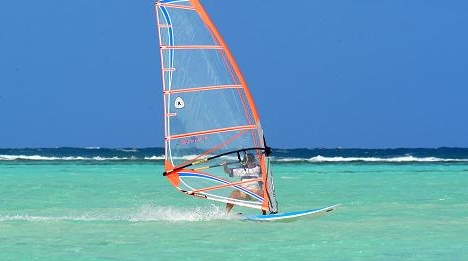
Bonaire is rich in beautiful fauna and flora, so it’s perfectly okay to want to spend some time outside the water too. So what can you do around an island that does not have a single traffic light?
Here are some awesome topside activities:
Windsurfing at Lac Bay: the peaceful, protected lagoon at Lac Bay is the perfect spot for windsurfing with clear, waist-deep water at a constant 15-25 knots per hour winds.
Flamingo Watching at the Salt Flats: THE place to watch flamingos, there are thousands, is at the salt ponds in the National Park at Goto Meer or at the southern end of the island at the solar salt works. Every day at sunset, the entire flock flies back to Venezuela for feeding. A beautiful not-to-be-missed sight.
Washington Slagbaai National Park: A truly natural and dramatic terrain which offers excellent snorkeling and subtle discoveries but don’t feed the Iguanas!
Kralendijk: The Capital City: Bonaire’s capital is a quite town of colorful, well preserved buildings. Only a few blocks in size, you can sightsee the island’s highlights such as: Fort Organje, Queen Wilhemina Park, Government House and the mini Greek temple-style fruit and veggie market. The city also offers a variety of bars and restaurants that offer authentic dishes that blend the best of European and the Americas cuisine and drinks.
Come visit the most diver rewarded destination in the Caribbean and you will discover why Bonaire has the highest percentage of diver repeat visitors.
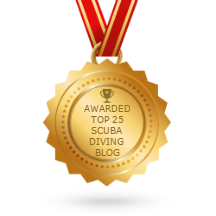
Recent Posts
- Eastern Malaysia, Sabah, Sipadan & More
- Ghost Pipefish, Pipefish, Seahorses, and Sea Dragons
- Australia Queensland and the Great Barrier Reef
- Tioman Islands, Malaysia
- The Riviera Maya
- The Peter Diving System
- The Bay Islands, Roatan, Utila, Guanaja, and more.
- The Cuttlefish; The Undisputed Master of Camouflage.
- The Maldives: A Garland of Islands in the Indian Ocean
- Frogfish, The Overlooked Camouflage Artist
Categories
- Australia
- Bahamas
- Bay Islands
- Belize
- Blue Hole
- Bonaire Diving
- Borneo
- Cayman Brac
- Cayman Islands
- Cozumel
- Curacao
- Cuttlefish
- Dive Destinations
- Dive Equipment
- Dive Liveaboards
- Dive Resorts / Properties
- Dive Travel
- Dive Travel Deals
- Diver Wellness
- Dolphins
- Dominica
- Eagle Rays
- eagle rays
- Family Travel
- Fiji
- Galapagos Islands
- Great White Shark cage diving
- Guanaja
- Honduras
- Indonesia
- Infographics
- Isla Mujeres
- Learning to Dive
- Little Cayman
- Maduro Dive Newsletter
- Malaysia
- Maldives
- Manta Rays
- Marine Life
- Mexico
- Micronesia
- Muck Diving
- Myamar
- Palau
- Papua New Guinea
- Pelagics
- Philippines
- Pinnacles
- Polynesia
- Reefs
- Riviera Maya
- Roatan
- Saba
- Sabah
- Scuba Diving
- Scuba Gear Reviews
- Scuba News/Events
- Scuba Training & Education
- Sea Legends
- sea lions
- Sea of Cortez
- Sharks
- Single Travel
- Sipadan
- Socorro Islands
- South Africa
- Specialties
- ST. Kitts
- Stingrays
- Tahiti
- Thailand
- The Bucket List
- Tobago
- Truk Lagoon (Chuuk)
- Turks and Caicos Islands
- Turtles
- Uncategorized
- Underwater Photography
- Underwater Video
- Utila
- Walls
- Whale Sharks
- Whales
- Wreck Diving
- Wrecks
- Yap
Archives
- January 2024
- April 2023
- March 2020
- March 2019
- January 2019
- November 2018
- September 2018
- July 2018
- May 2018
- March 2018
- January 2018
- October 2017
- September 2017
- June 2017
- April 2017
- February 2017
- January 2017
- October 2016
- August 2016
- July 2016
- May 2016
- March 2016
- February 2016
- January 2016
- December 2015
- August 2015
- June 2015
- April 2015
- January 2015
- November 2014
- July 2014
- April 2014
- February 2014
- December 2013
- November 2013
- October 2013
- September 2013
- August 2013
- July 2013
- June 2013
- May 2013
- April 2013
- March 2013
- February 2013
- January 2013
- December 2012
- November 2012
- October 2012
- September 2012
- August 2012
- July 2012
- June 2012
- May 2012
- April 2012
